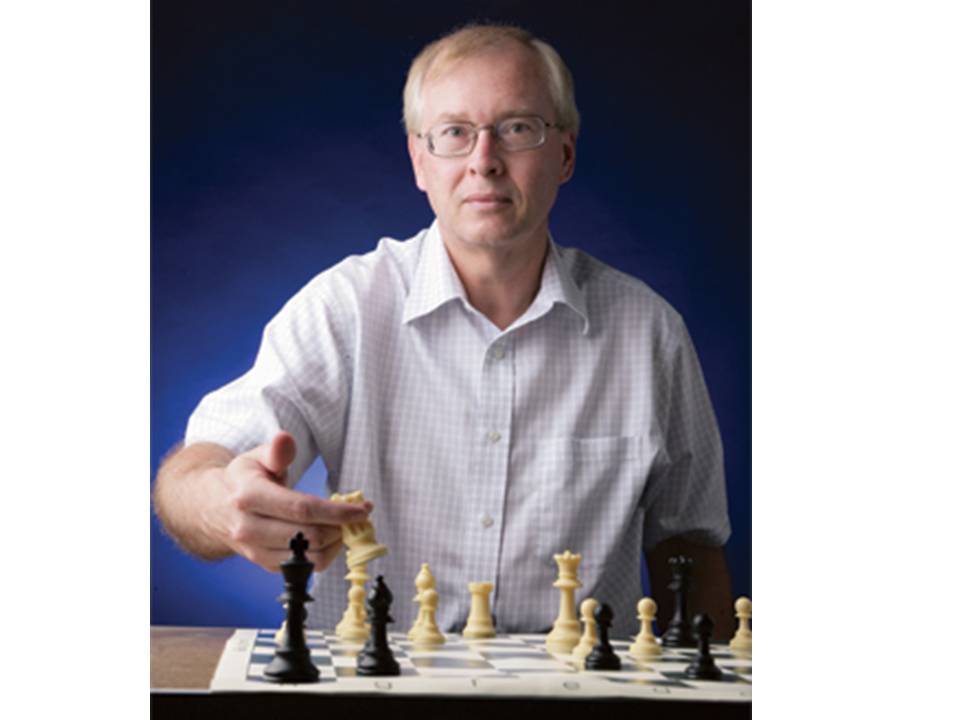(New page: ==Chapter 1== Bobby is really lost) |
|||
| Line 1: | Line 1: | ||
| − | = | + | Let X is a Banach space, and <math>A\in B(X)</math>. Suppose also that <math>\sigma (A) = F_cup F_2</math> with F's disjoint components. |
| − | + | Then we can let <math>G_1 and G_2</math> be disjoint nbhds of F_j's respectively, and consider <math>C_1 and C_2 </math> closed curves in G_i and surrounding F_1 respectively. Then we have | |
| + | |||
| + | |||
| + | <math>A= \frac {1}{2 \pi i} \int_{C_1} (z-A)^{-1}z dz + \frac{1}{2 \pi i} \int_{C_2} (z-A)^{-1}z dz = A_1 + A_2</math> | ||
| + | |||
| + | Now it is not to hard to show that <math>X=X_1 \circle+X_2 </math> | ||
Revision as of 14:17, 23 September 2008
Let X is a Banach space, and $ A\in B(X) $. Suppose also that $ \sigma (A) = F_cup F_2 $ with F's disjoint components.
Then we can let $ G_1 and G_2 $ be disjoint nbhds of F_j's respectively, and consider $ C_1 and C_2 $ closed curves in G_i and surrounding F_1 respectively. Then we have
$ A= \frac {1}{2 \pi i} \int_{C_1} (z-A)^{-1}z dz + \frac{1}{2 \pi i} \int_{C_2} (z-A)^{-1}z dz = A_1 + A_2 $
Now it is not to hard to show that $ X=X_1 \circle+X_2 $

